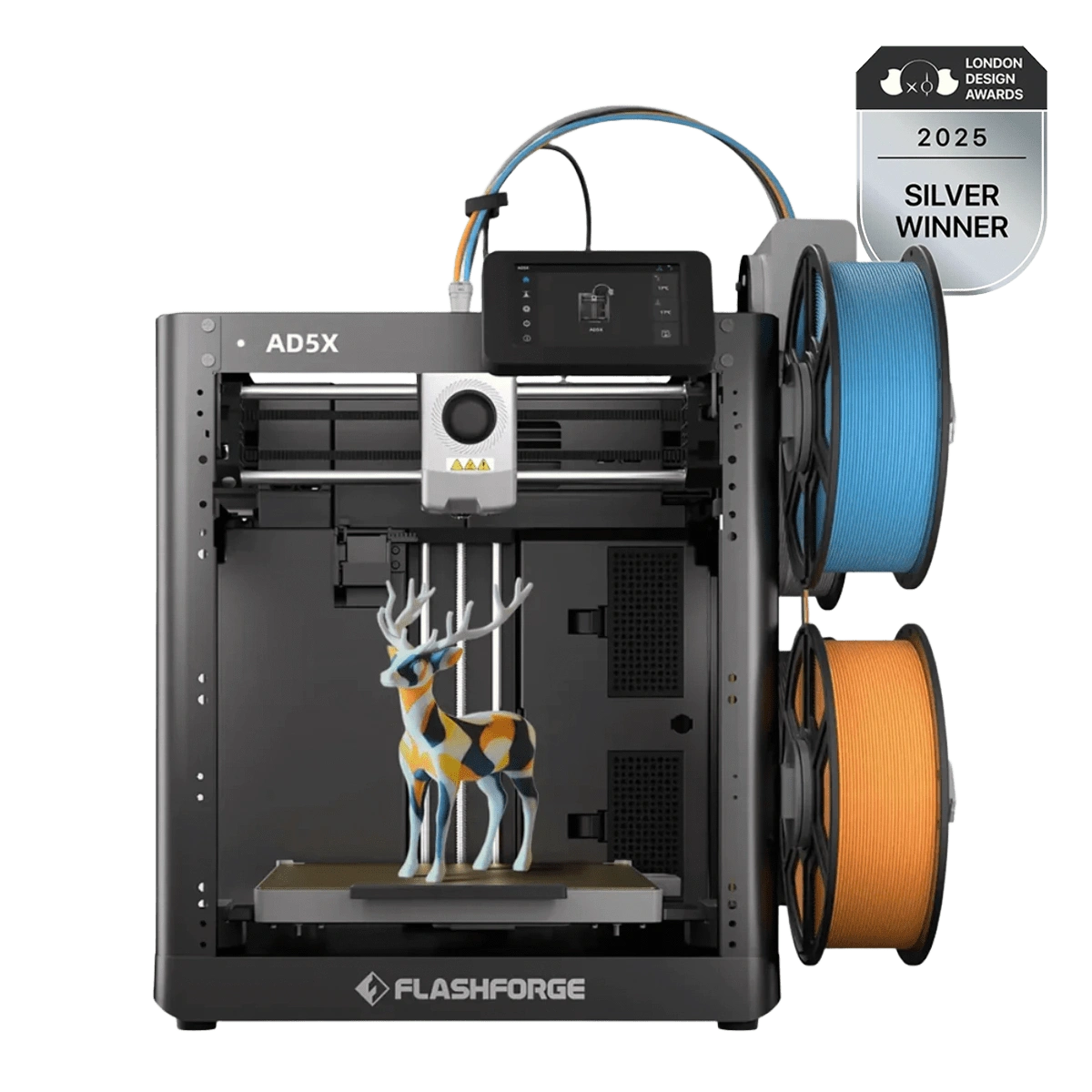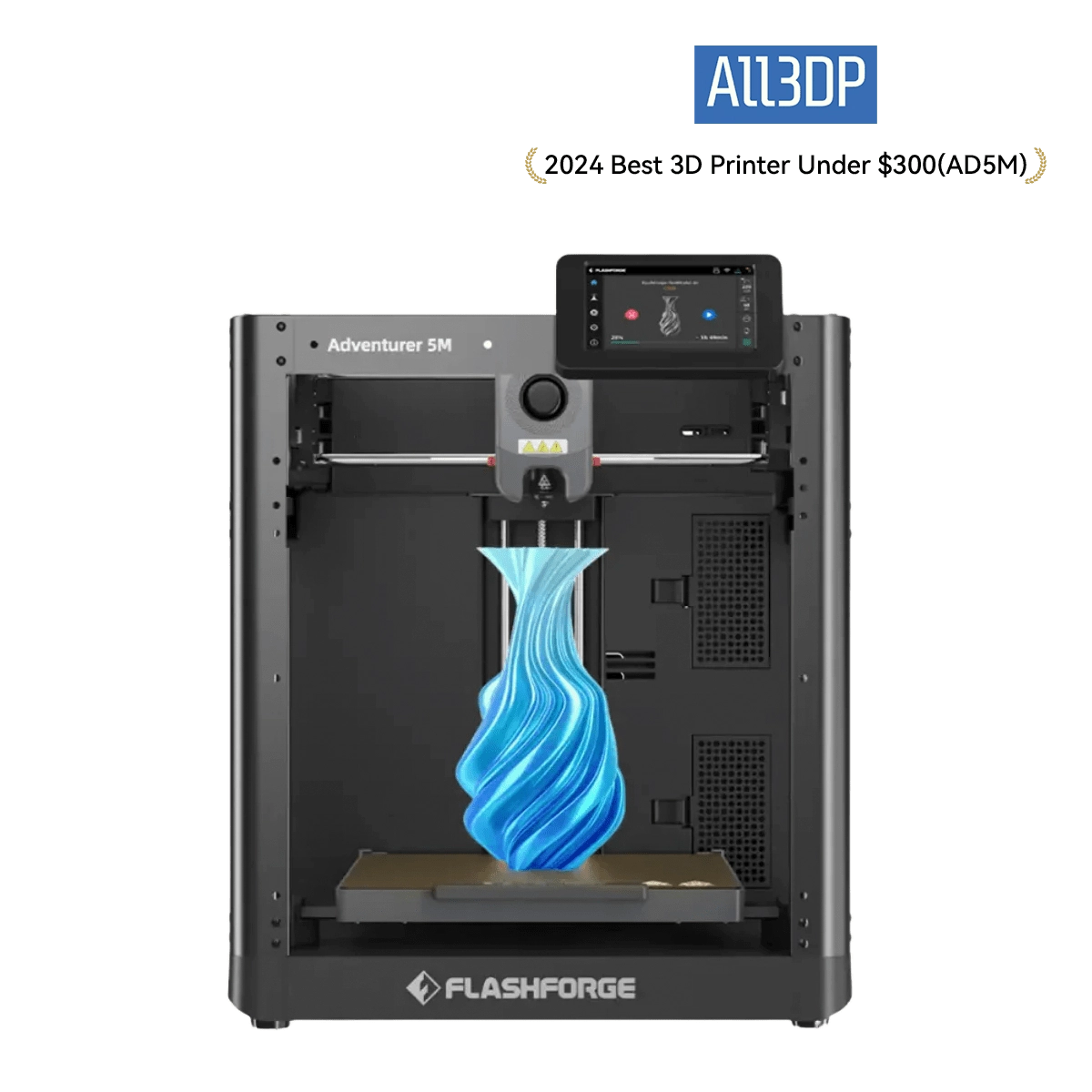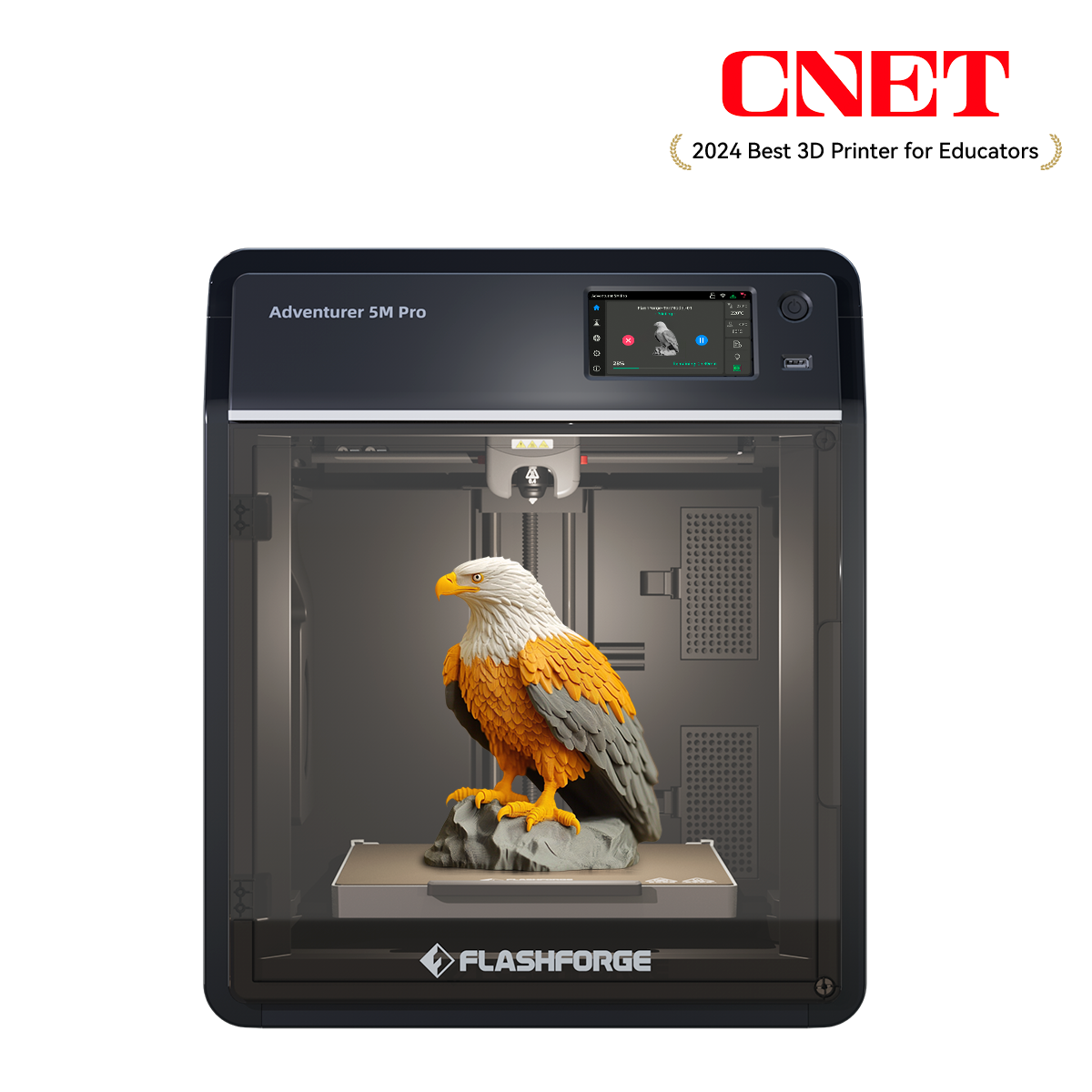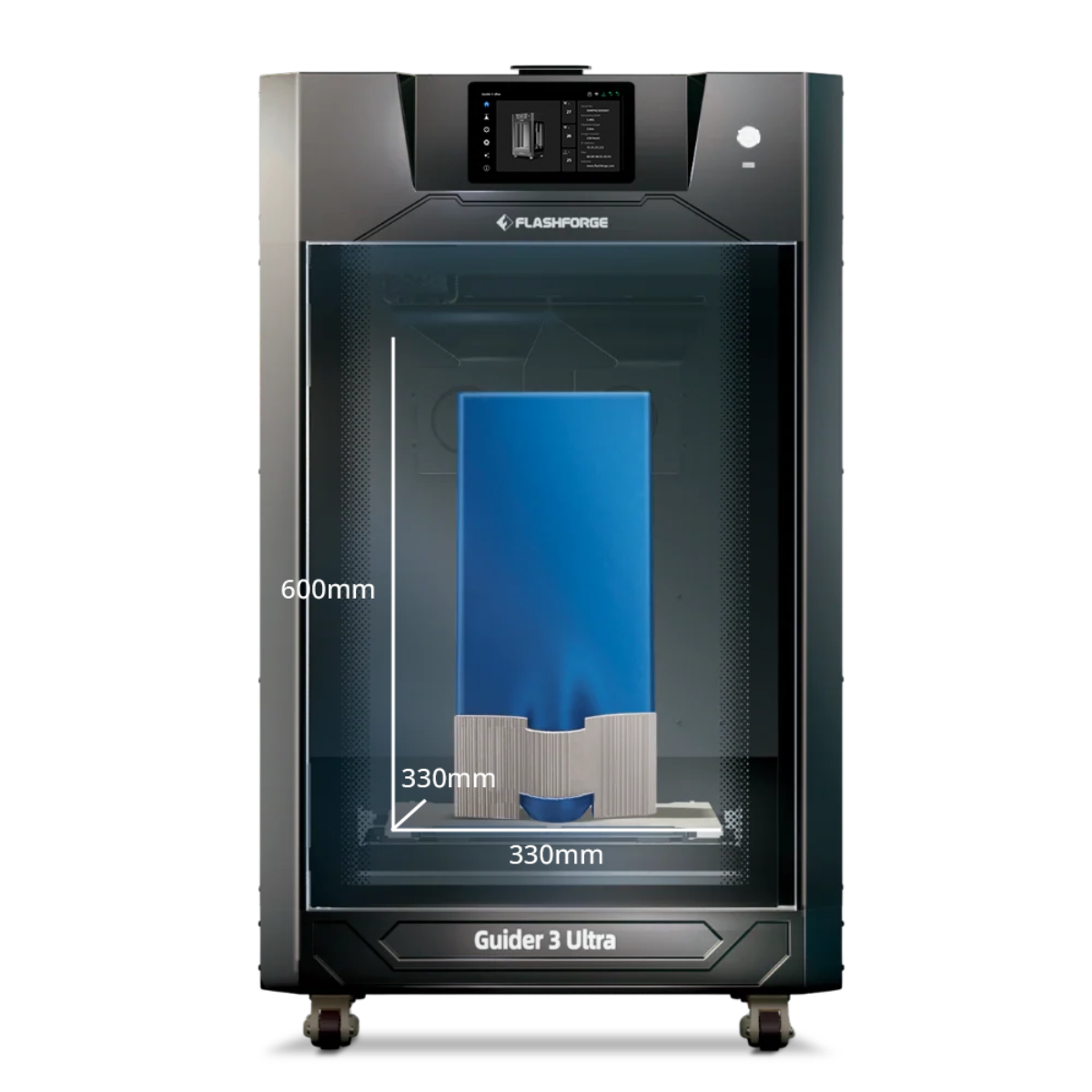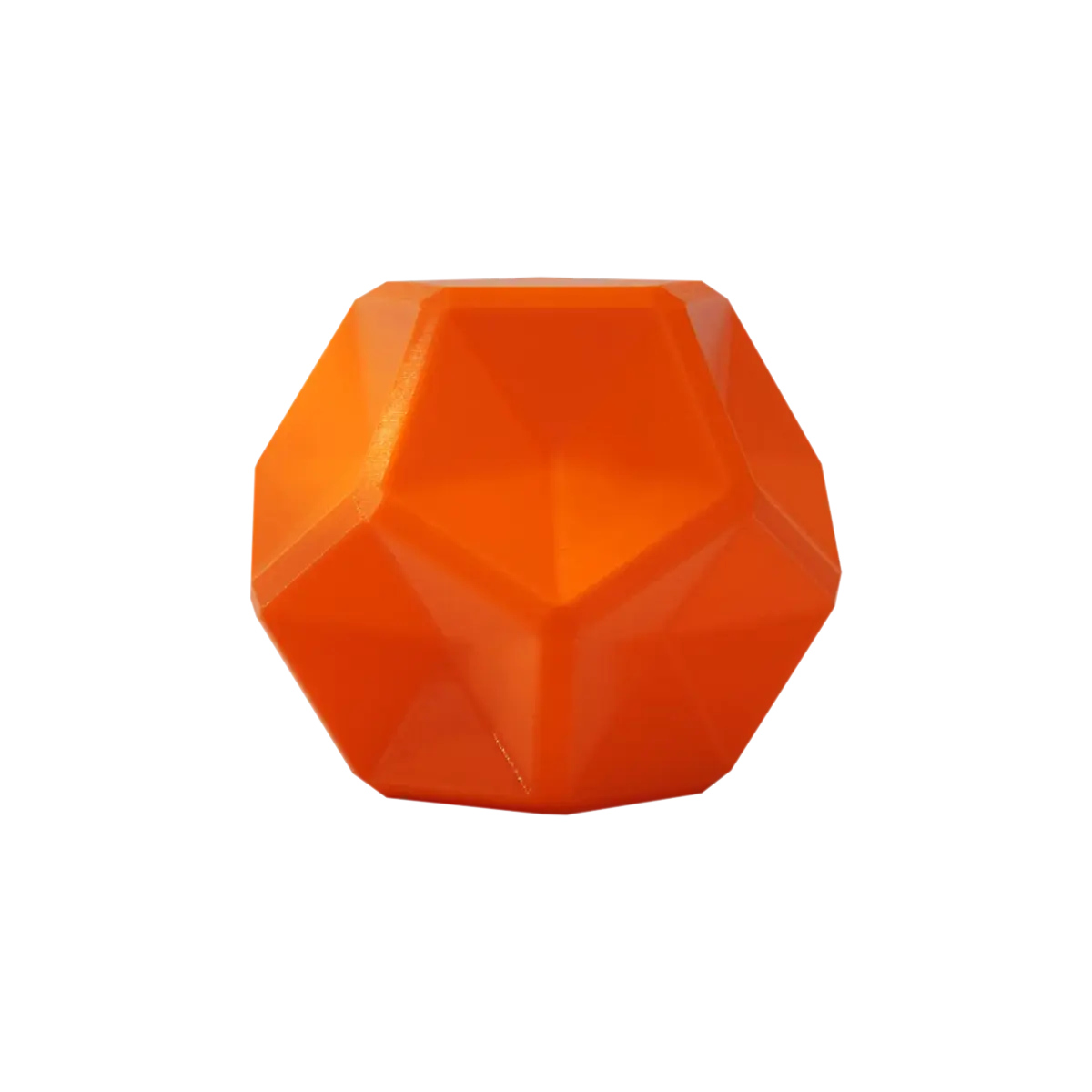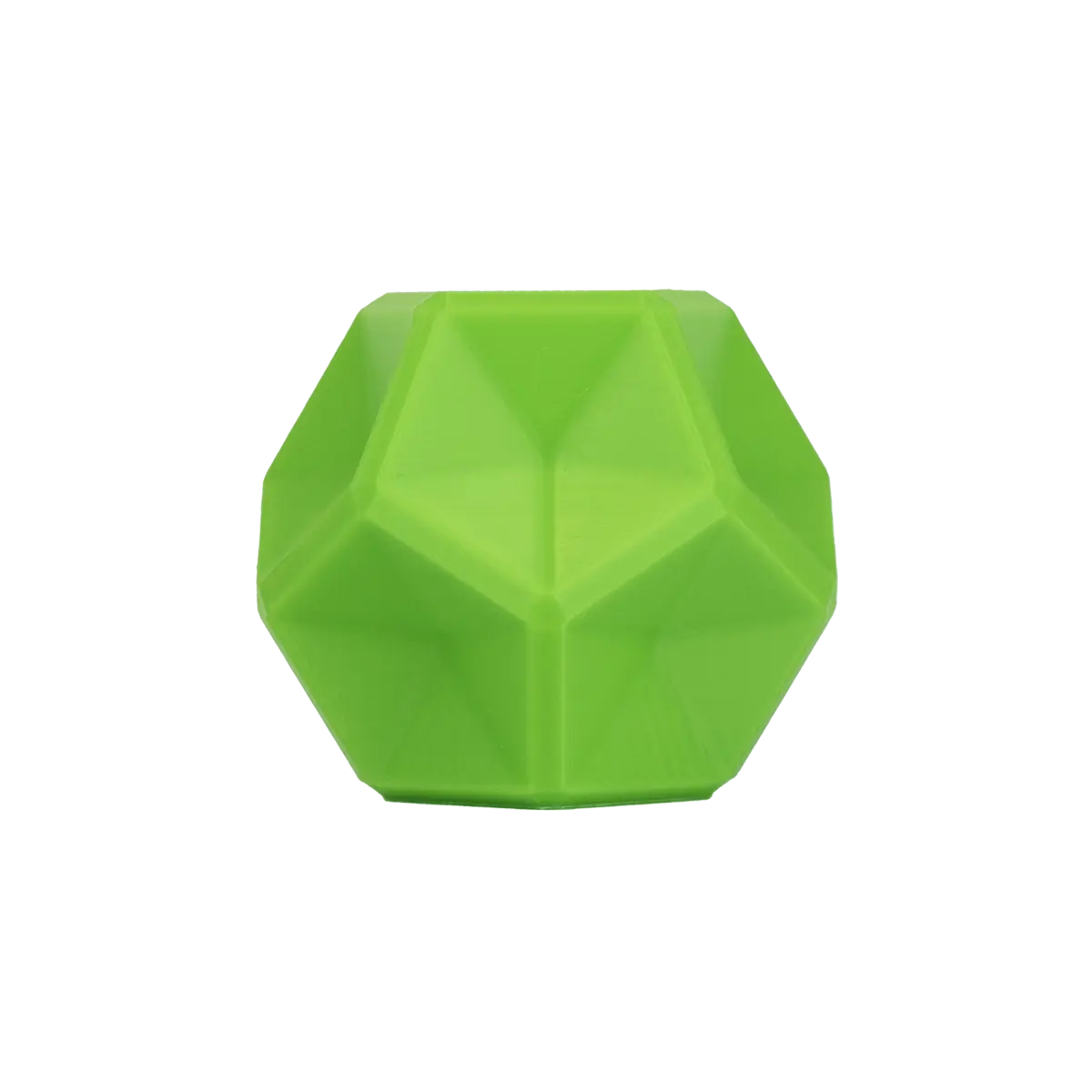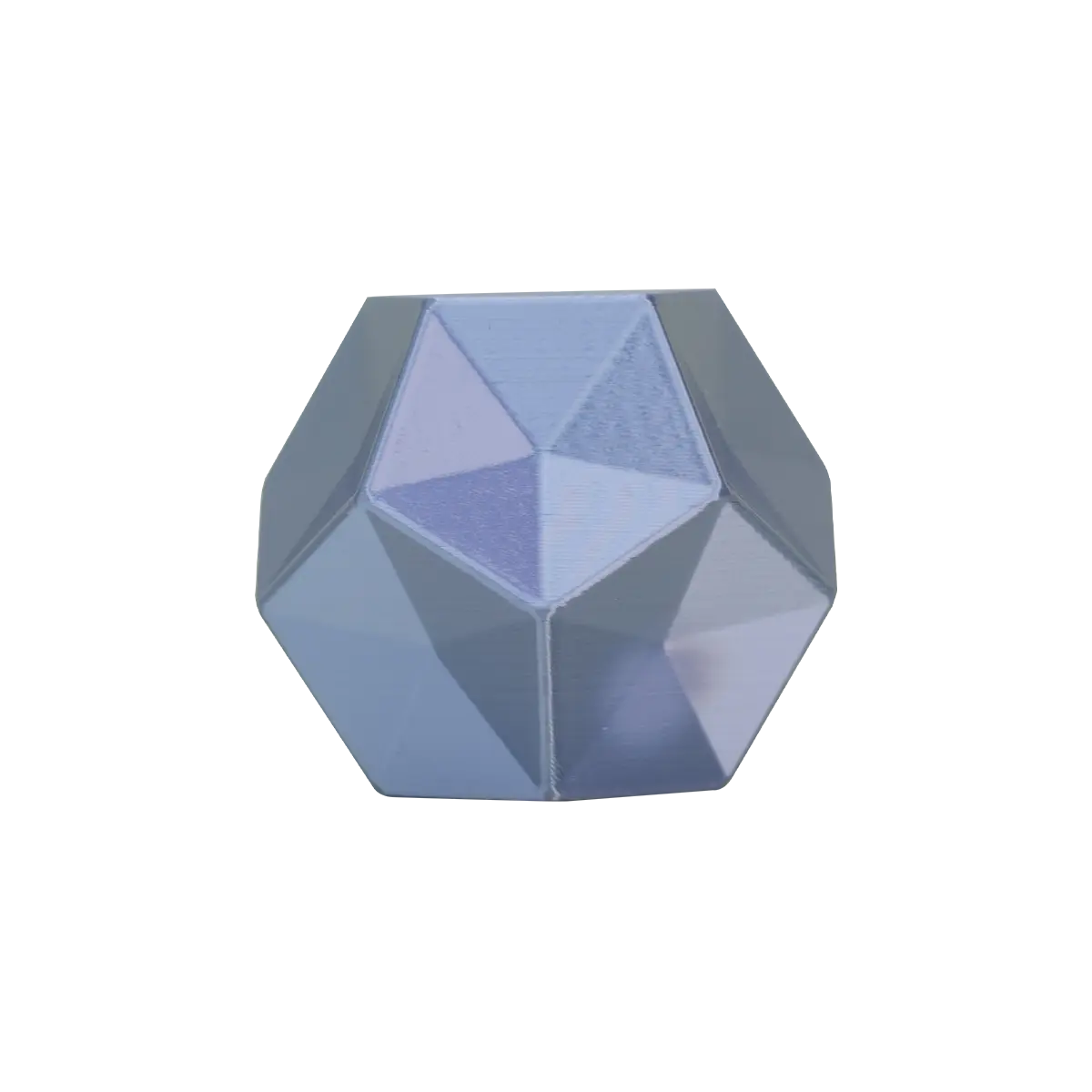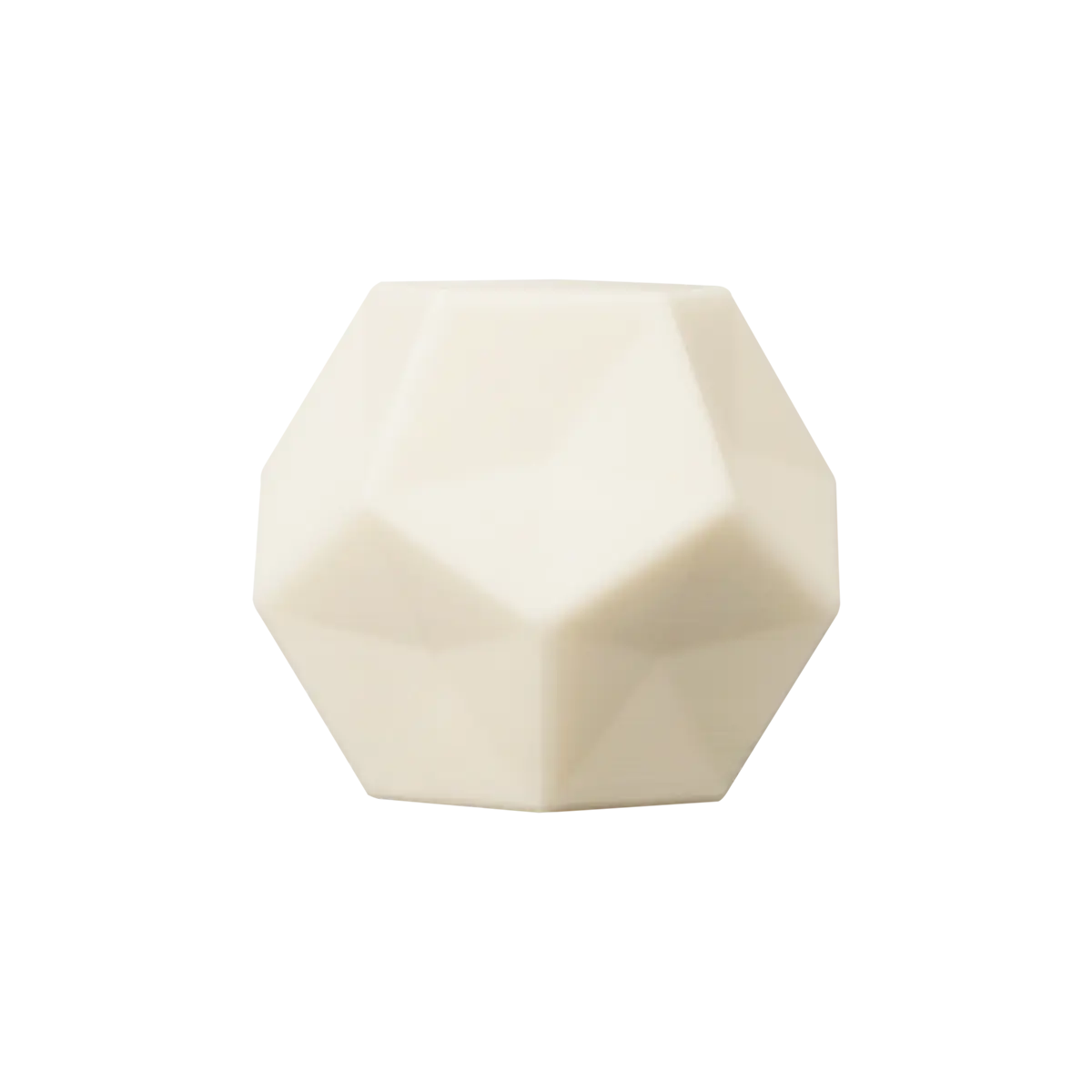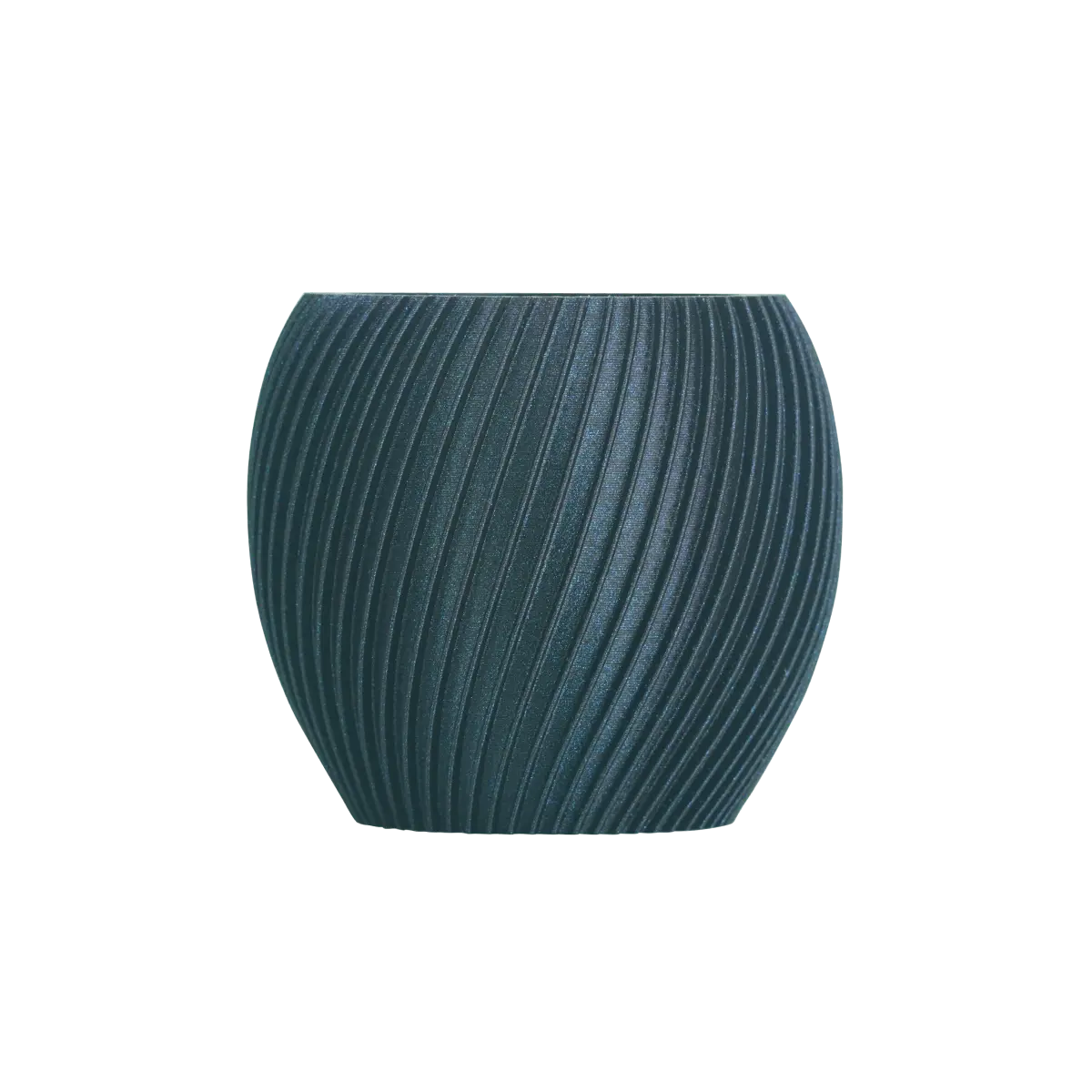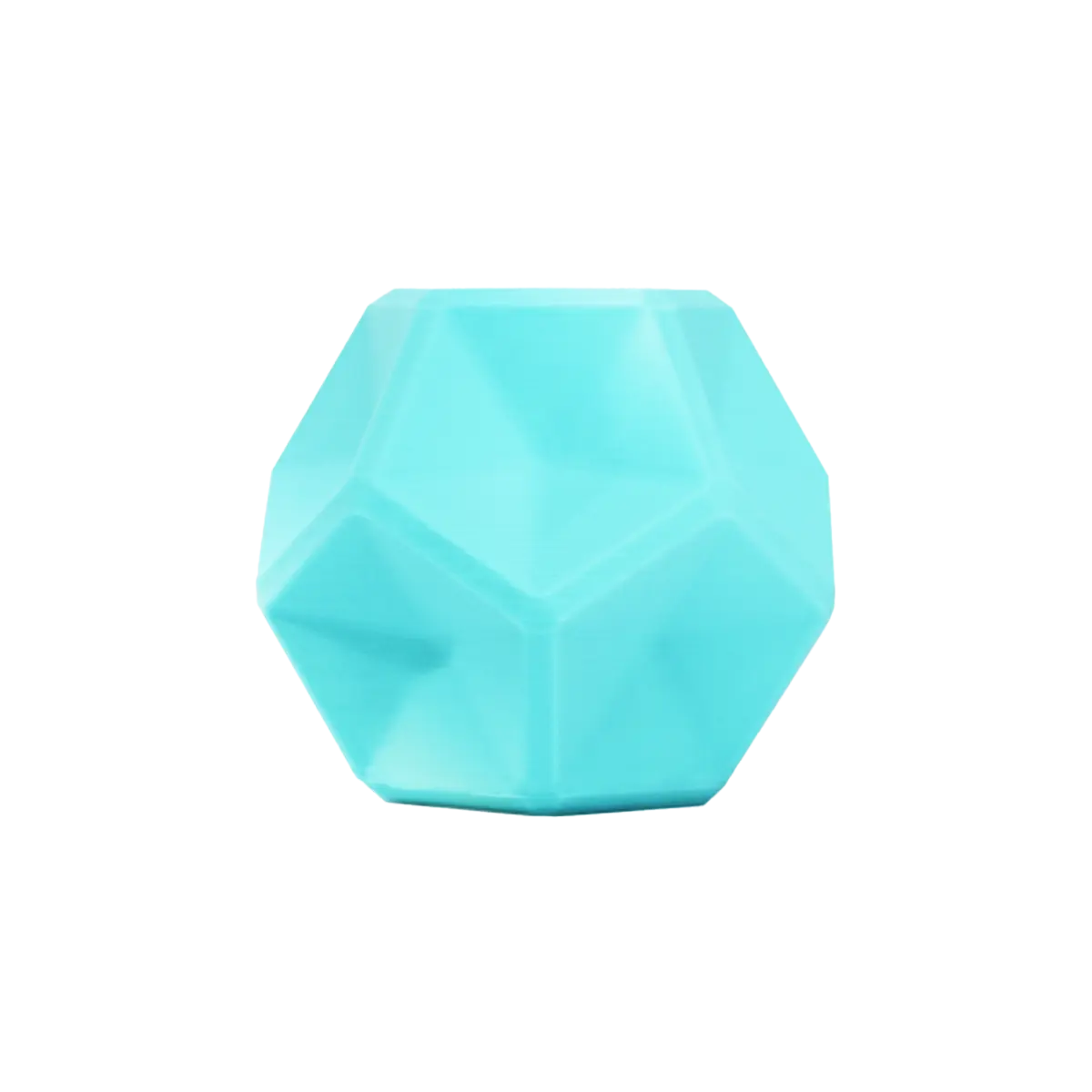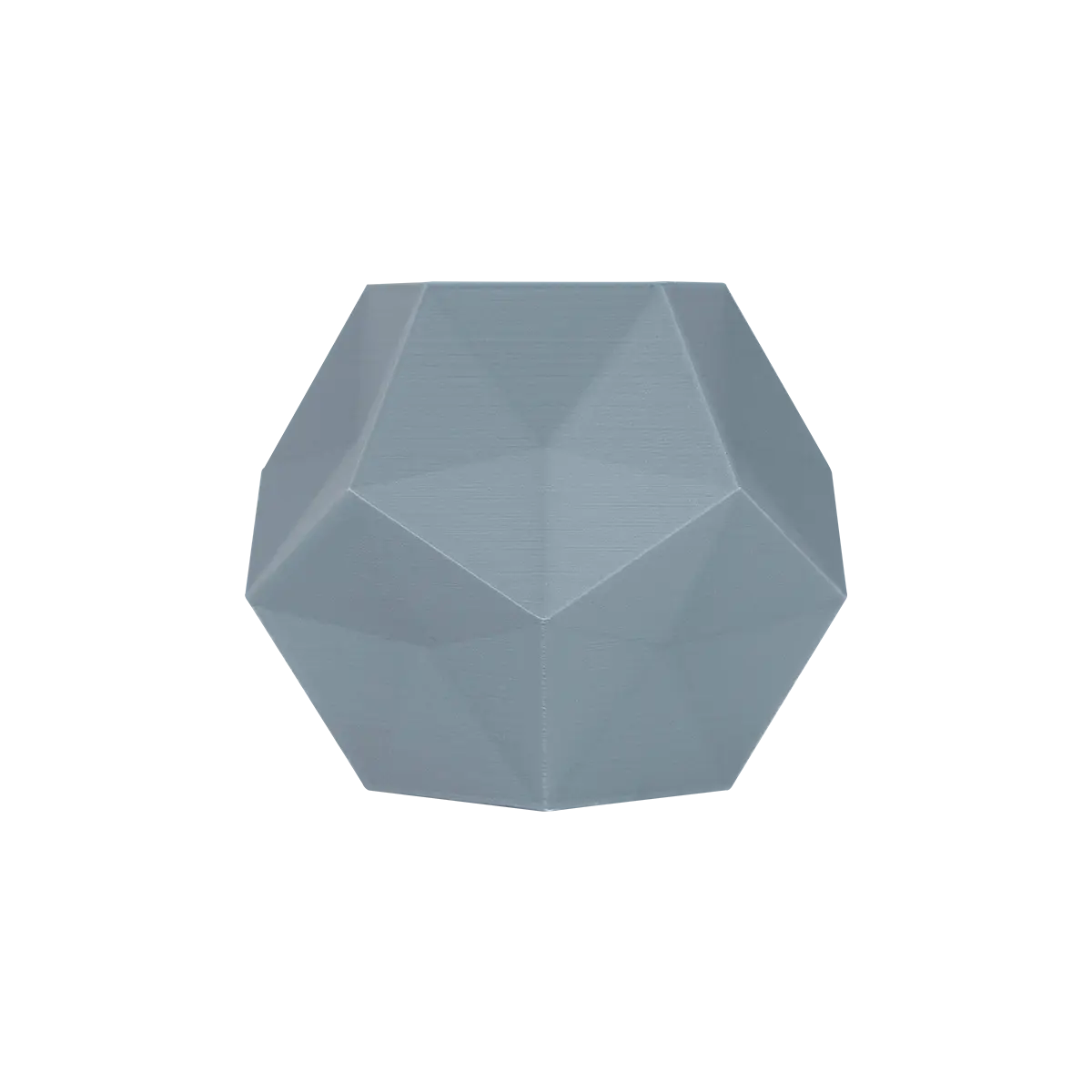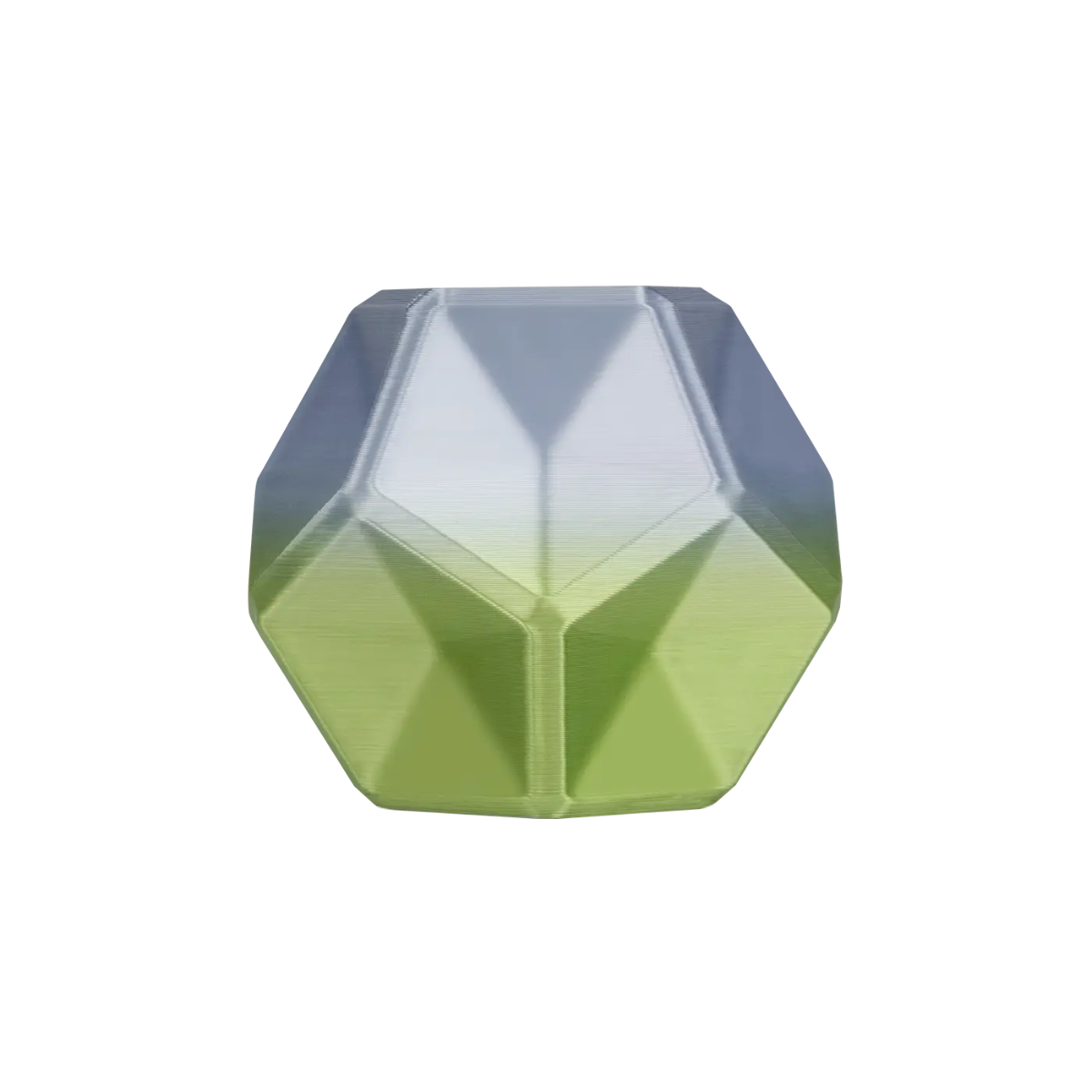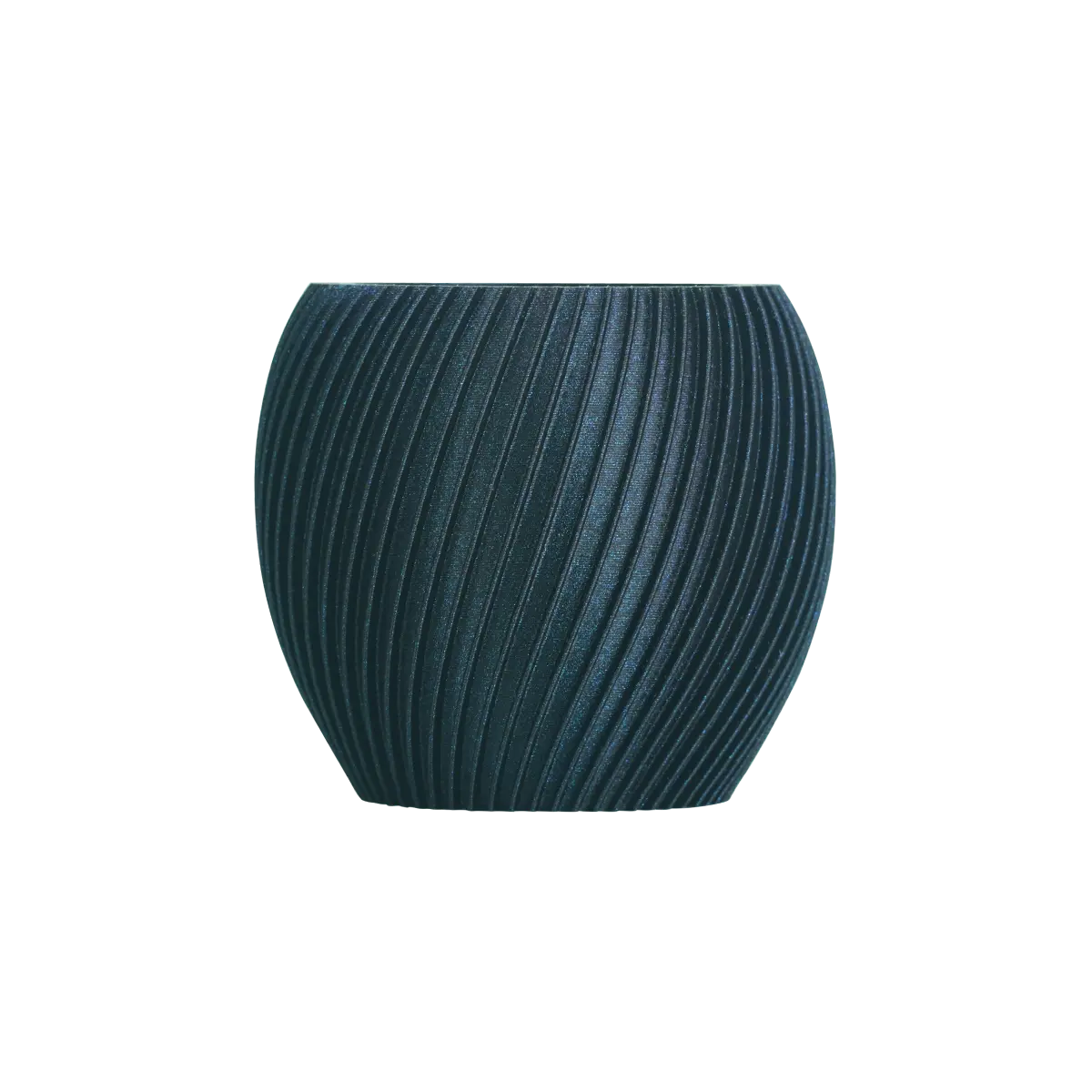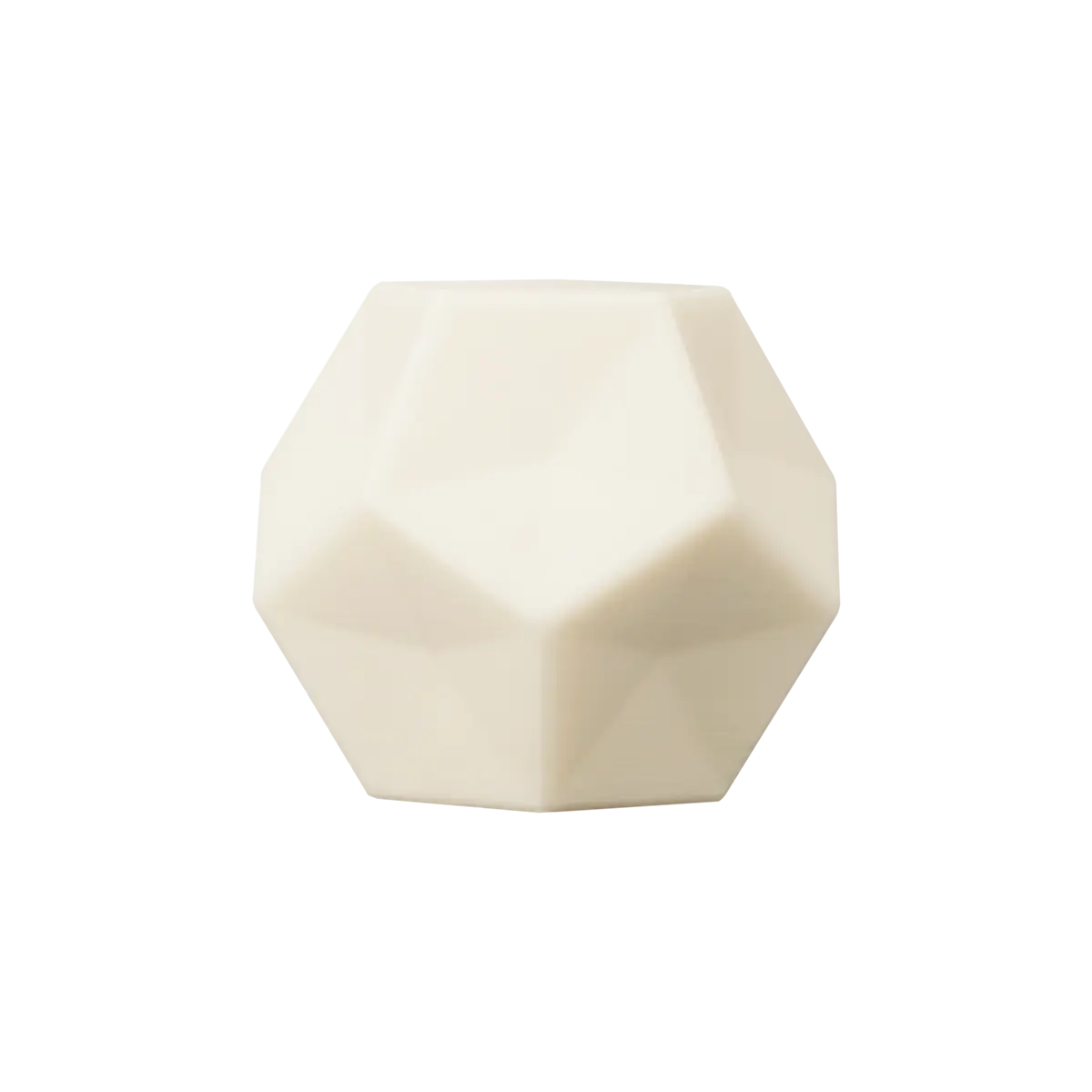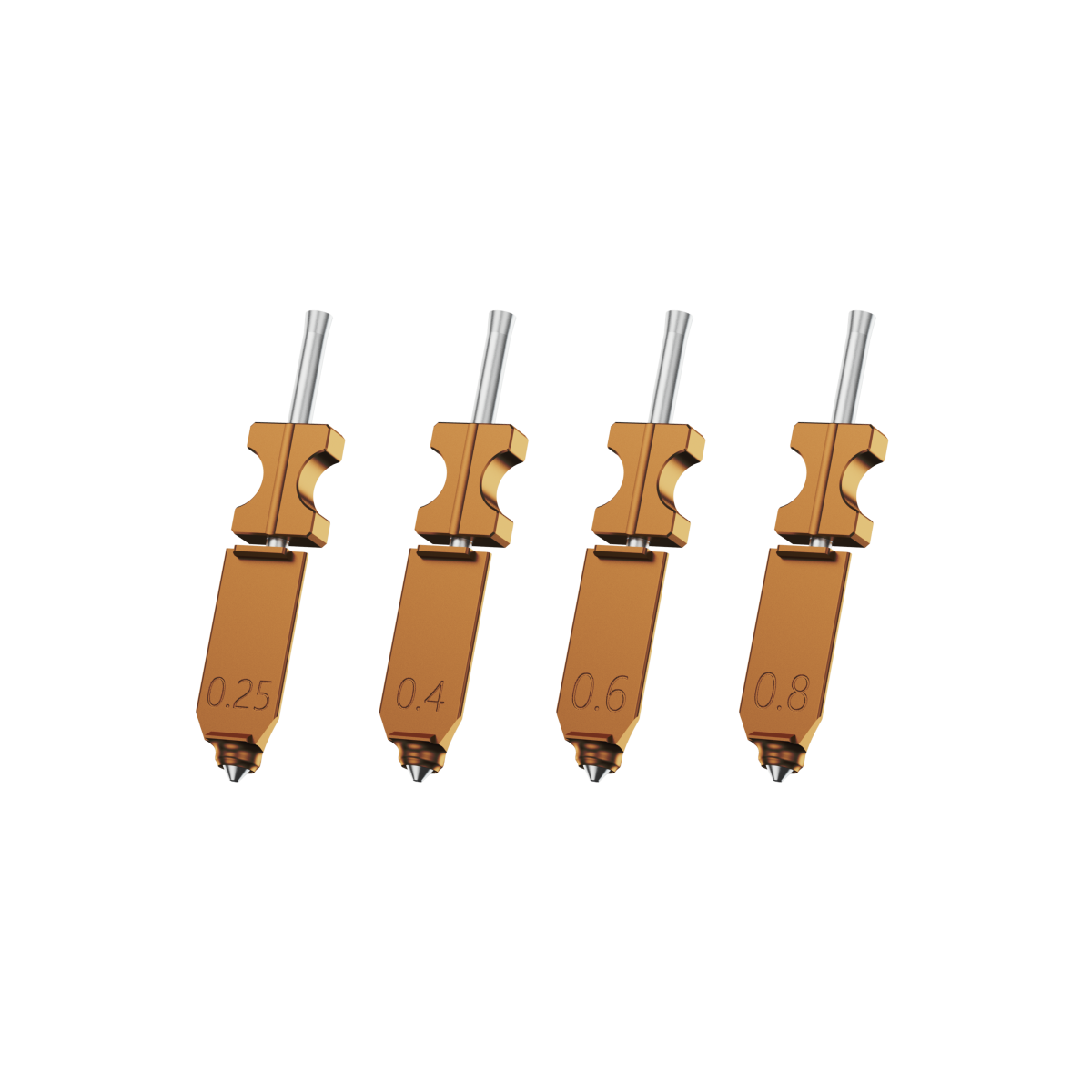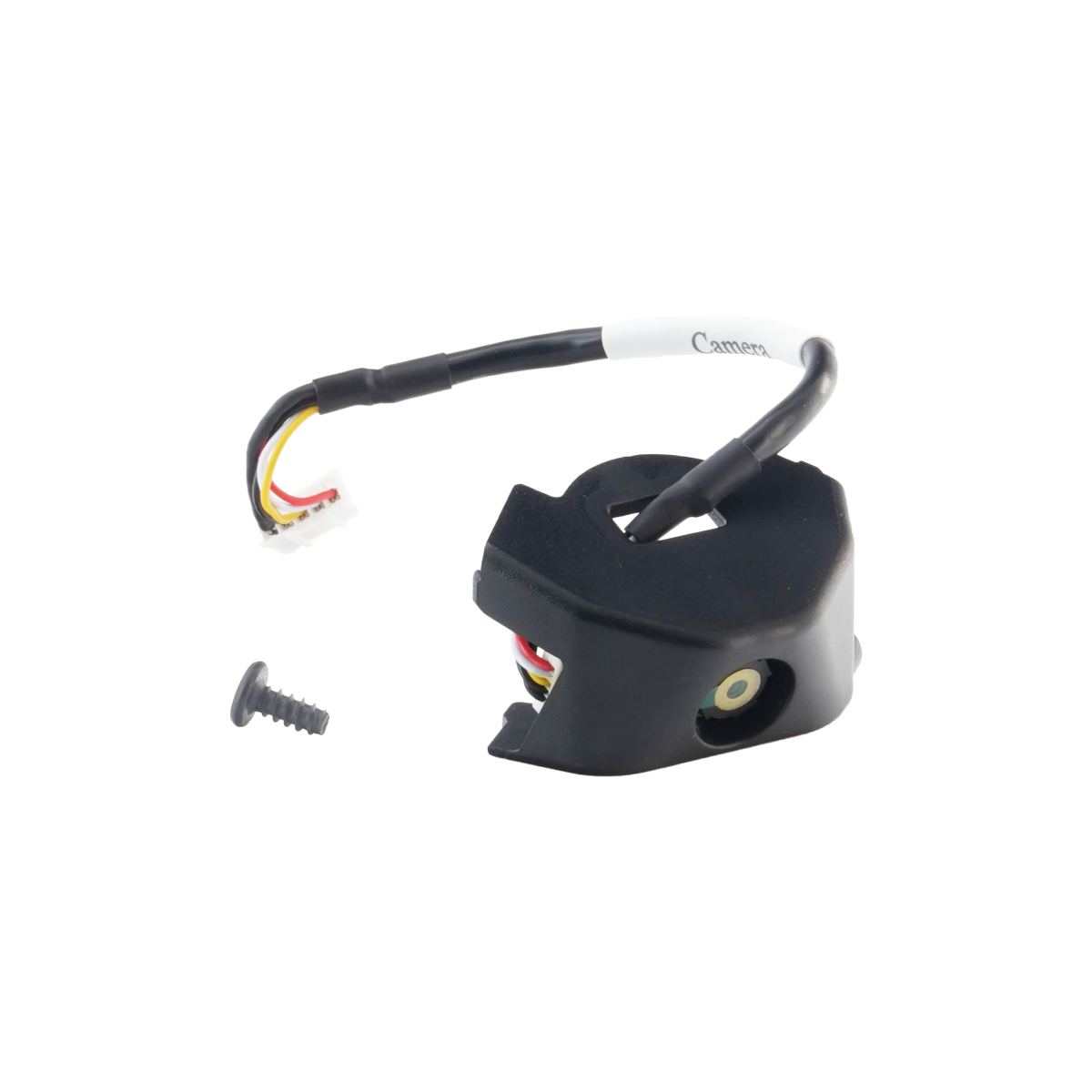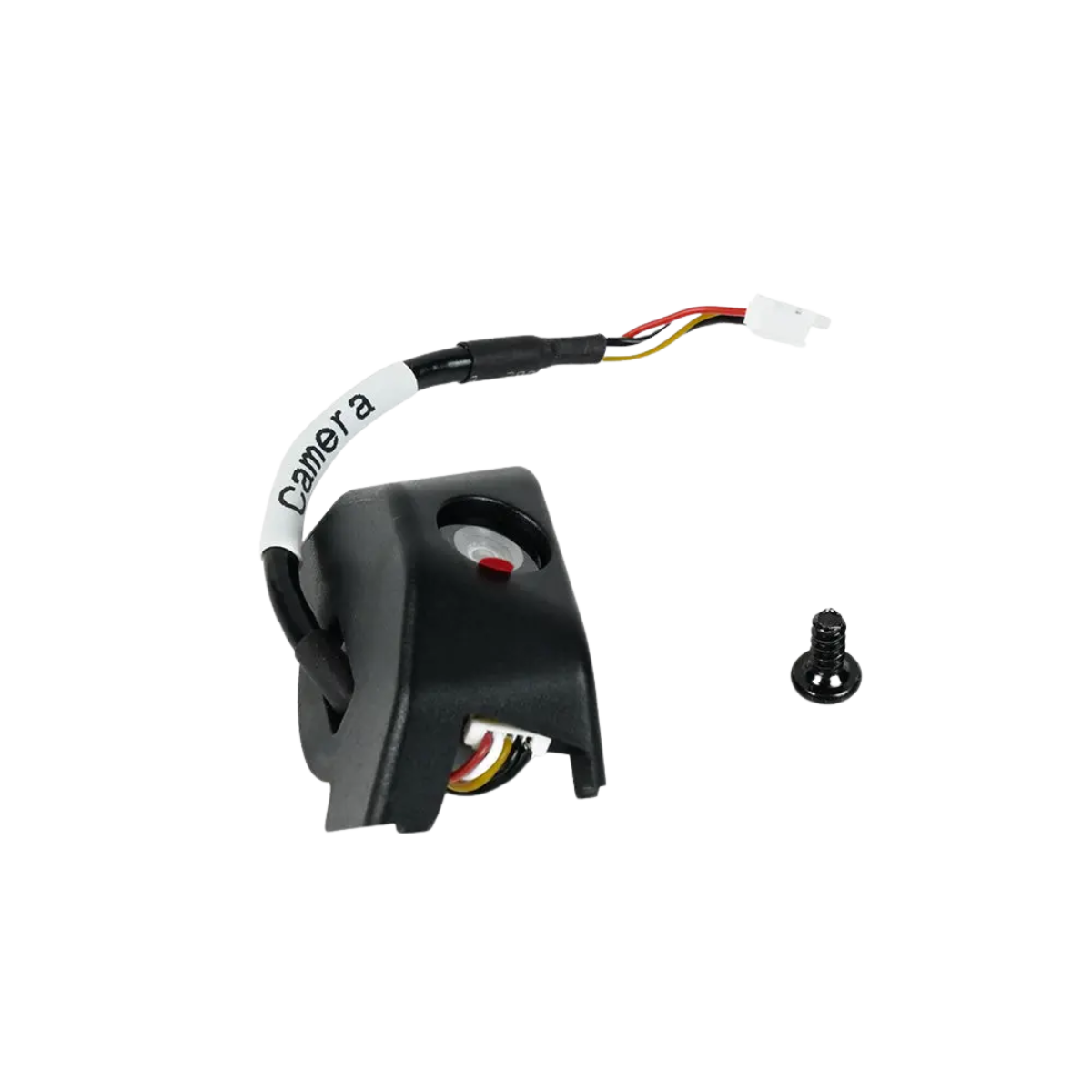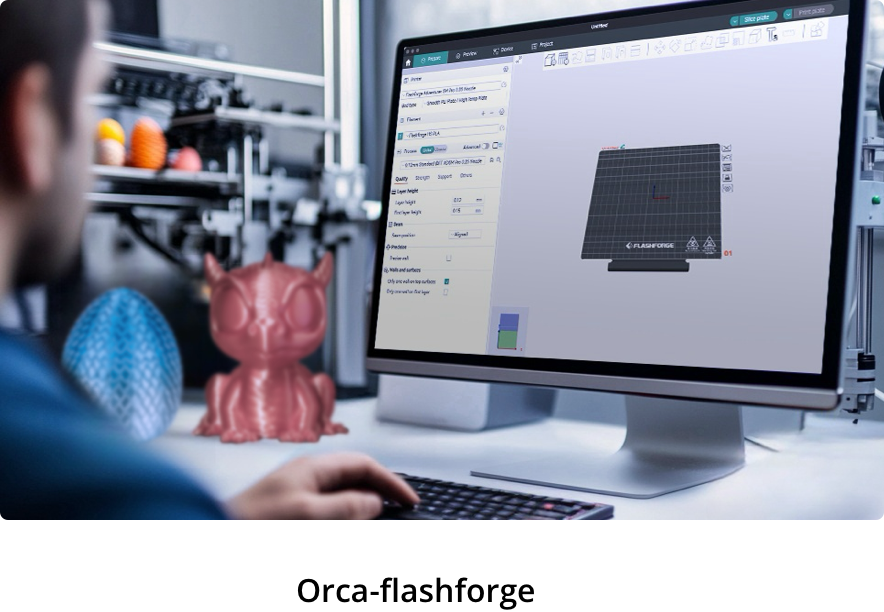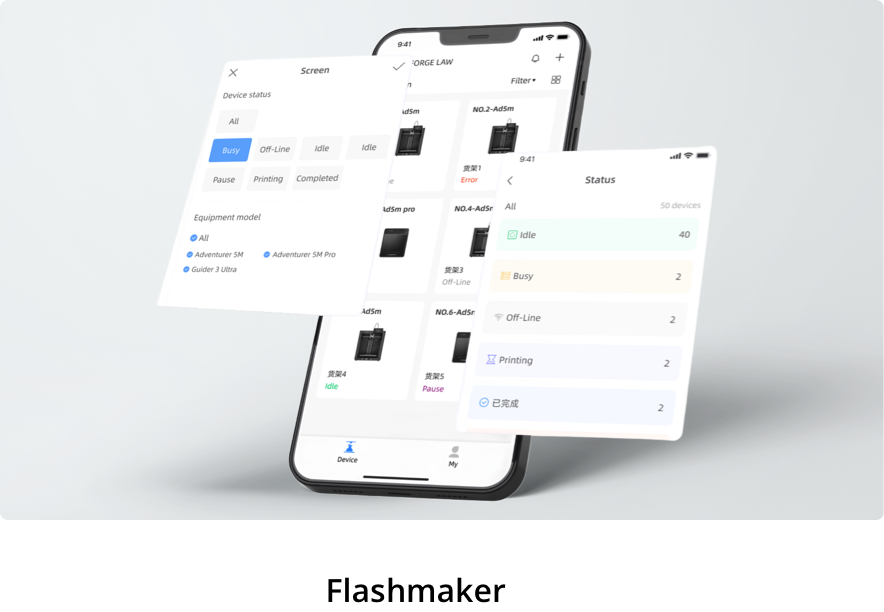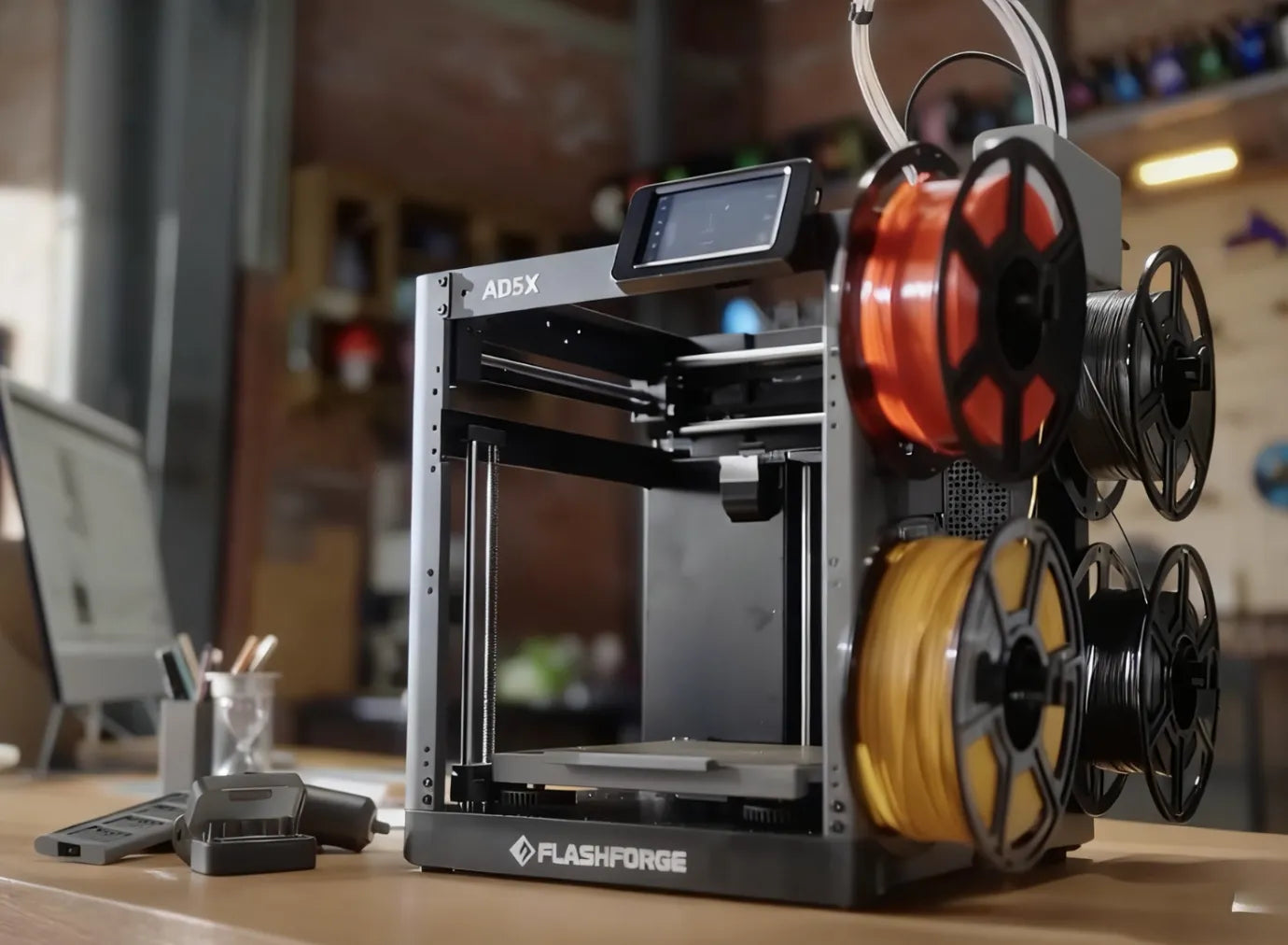The field of 3D printing has rapidly expanded. Yet on the point of purchasing one, you are likely to pose the question as follows: How much is a 3D printer in 2025? Which depends on the objectives of your project, are you interested in fiddling around at home, building serious prototypes, or producing working components?
In order to simplify, we are going to break down the 3D printers into the three levels: beginner, prosumer, and engineering, and provide you with real-life examples of the product of Flashforge so you can see what you are really purchasing at the given fee.
The Foundation Tier: Unlocking Basic FDM Printing
3D Printers in this category are aimed at entry-level accessibility. The budget 3D printer range in prices from $200 to $500, and hence are affordable to hobbyists and students seeking to understand the fundamentals of 3D printing.
What Your Money Buys: Core FDM Capabilities and the DIY Spirit
Entry-level printers include all of the equipment you require to begin experimenting. You receive a small build size appropriate for toys, small models and educational work. These models bring a heated print bed to support more common materials, such as PLA and PETG. Such machines are commonly open-frame, meaning they are small, yet demand more manual adjustments, like bed levelling.
Who Should Invest in This Tier? The Hobbyist and Learner
This tier is suitable in case you feel interested in 3D printing and you do not want to spend a huge amount of money to learn how to do it. This low-cost entry point benefits teachers introducing students to 3D printing, hobbyists who want to decorate, and amateurs who want to experiment with prototypes.
Real-World 3D Printer Cost Examples
A standout option here is the best affordable 3D printer,
Flashforge Adventurer 5M 3D Printer ($299.00 USD). Adventurer 5M is an inexpensive 3D printer targeting hobbyists who prefer reliability over complexity. It is a smaller size and is user-friendly, so it will work in the classroom, at home, or even with people who are just learning about 3D printing.
Key Features:
-
Build volume: 220 × 220 × 220 mm
-
Easy bed levelling for simplified setup
-
Flexible, detachable build plate for easy print removal
-
Enclosed design option for stable prints
-
Supports common filaments like PLA, PETG, and TPU, but ABS series Filaments are not compatible.

The Prosumer Tier: Unlocking Speed and Simplicity
Once you’ve mastered the basics, the next step is usually about speed, automation, and convenience. Prosumer printers are priced between $600 and $1,500, but the experience they deliver is a big leap forward.
What Your Money Buys: Speed, Automation, and Multi-Material Potential
These types of printers have a built-in bed levelling, covered temperature-stable chambers, and in many cases have sophisticated motion systems that can be used to print at high speed without compromising the quality. Multi-material or multicolour affinities are also well supported by many models, and this means that you can produce professional-style prototyping straight off the print bed, without further post-processing.
Who Should Invest in This Tier? The Serious Enthusiast and Innovator
This tier is ideal among those makers who are serious, design learners, and innovators who want to not only conserve time but also optimize the quality of their output. It is also the golden ground for small companies that aim at creating attractive models, prototypes, or tailored parts without the need to outsource.
Real-World 3D Printer Price Examples
A great example here is the
Flashforge Adventurer 5M Pro ($449.00 USD). Designed with serious users in mind, it balances speed and reliability in a compact, enclosed frame. It builds on the 5M’s foundation, offering higher speed, quieter operation, and enhanced safety with enclosed printing. Its upgrades make it ideal for serious enthusiasts who want smoother workflows and faster prototyping.
Key Features:
-
Same 220 × 220 × 220 mm build volume as the 5M
-
CoreXY motion system for greater stability and speed
-
Print speed up to 600 mm/s with 20,000 mm/s² acceleration
-
Enclosed chamber with dual air filtration for safe indoor use
-
Remote monitoring via built-in camera
The Engineering Tier: Unlocking Advanced Materials
For those who need more than just speed and convenience, the engineering tier is where 3D printing transforms into a professional manufacturing tool. Prices here range from $1,500 to $5,000+, but the value comes from advanced features and industrial-grade reliability.
What Your Money Buys: Enclosures, Hardened Parts, and Material Versatility
These types of 3D printers are characterized by large build volumes, fully enclosed systems with temperature control inside the enclosure, and hardened steel nozzles, which can prevent abrasive materials such as carbon fibre and nylon blends. They are designed to last long, operate continuously, and have high accuracy, which is critical to engineers and companies' dealings with functional prototypes or full production.
Who Should Invest in This Tier? The Engineer and Small Business
When you are prototyping products, require robust fixtures, or desire small-scale manufacturing runs, that is where your investment will be returned. Small companies operating in automotive, healthcare, and product-intended industries are increasingly resorting to engineering standards printers to reduce development time and minimize production expenses.
Real-World FDM Printer Cost Examples
The
industrial 3D printer, Flashforge Guider 3 Ultra ($2,999.00 USD), is a strong example of this class. The Guider 3 Ultra is Flashforge’s high-performance model aimed at professional users. It features a CoreXY structure, supports 500 mm/s printing, and has acceleration up to 20,000 mm/s².
Its build volume is 330 × 330 × 600 mm (single-extruder mode) and reduces slightly to 300 × 330 × 600 mm when both nozzles are used.
The hotends can reach 350 °C, and the build plate can heat to 120 °C, features that support advanced filaments.
Key Features:
-
Dual extruder architecture for multicolour or support-material printing
-
High-speed printing: up to 500 mm/s with 20,000 mm/s² acceleration
-
Quick-release nozzles (3-second disassembly) for easy maintenance
-
Sealed filament chambers with desiccants and humidity sensors
-
Compatibility: PLA, ABS, PETG, TPU, PC, nylon, carbon-fibre composite blends
-
Enclosed design with HEPA filtration
-
Automatic levelling, remote monitoring, and vibration-suppression control
Beyond the Sticker Price: Understanding the True Cost of Ownership (TCO)
When asking “how much is a 3D printer?” it’s important to consider more than the initial price tag. Buying the printer itself is only part of the expense. To budget properly, you need to consider ongoing material costs, replacement parts, and your time.
The Price of Filament: A Spectrum of Material Costs
Filament prices vary based on the material. PLA remains the cheapest at around $20–$30 per kilogram, while PETG typically costs slightly more. Engineering-grade filaments such as ABS, nylon, and carbon fibre composites can easily reach $70–$120 per kilogram.
The Hidden Costs: Consumables, Electricity, and Your Time
On top of the filament, you will also have to allocate money to consumable replacement nozzles, adhesive sheets, and lubricants. Electric power charges are negligible but sufficient with constant consumption. The largest latent expense is time, perhaps: the lower-end printers need frequent adjustments, but higher-end models frequently earn their keep by automating those operations and reducing wasted prints.
Conclusion: Matching Your Budget to Your Ambition
So, how much is a 3D printer in 2025? The answer depends entirely on what you need it for. Hobbyists can start with just a few hundred dollars for a cheap 3D printer, prosumers find their sweet spot between $600 and $1,500, while engineers and businesses invest several thousand to unlock advanced materials and industrial reliability.
Now's the perfect time to buy a 3D printer! We're offering stackable discounts so you can get the best possible price.
With a wide range of options from trusted brands like Flashforge, there’s a machine for every level of ambition. Whether it’s the Adventurer 5M 3D Printer for beginners, the Adventurer 5M Pro for innovators, or the Guider 3 Ultra for professionals, today’s market ensures that your budget can match your goals.
FAQs About 3D Printer Capabilities and Cost
What’s a realistic budget for a beginner who wants a hassle-free experience?
Is a more expensive 3D printer always better?
Not always. The right choice depends on your projects. For simple PLA models, a budget printer works fine. For functional engineering parts, a higher-end machine makes sense.
How much more does it cost to run a printer that uses engineering materials?
When does it make sense to buy a printer for over $1,000?
If you’re producing functional prototypes, durable parts, or running a small manufacturing setup, the investment in an engineering-tier machine becomes worthwhile.



